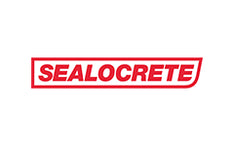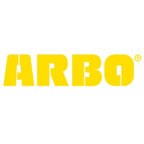As awareness around climate change grows, more homeowners are seeking ways to make their homes eco-friendly and energy-efficient. Sustainable renovations not only reduce environmental impact but also save money on energy bills and improve the overall health of your home. In this guide, we’ll explore practical eco-friendly DIY tips to help you achieve a greener, modern home.
Planning Your Sustainable DIY Renovation
1.1 Assessing Your Home’s Environmental Footprint
Start by conducting an energy efficiency audit of your home to identify areas where you can improve. Focus on projects that will make the biggest difference, like upgrading insulation, sealing windows, and improving ventilation. Set clear, green goals for your renovation, such as reducing energy consumption or using only sustainable materials.
1.2 Sourcing Sustainable Materials
Choosing eco-friendly materials is essential to a sustainable renovation. Opt for renewable resources like reclaimed wood, bamboo, or cork for flooring. Use low-VOC paints and natural finishes from to improve indoor air quality and reduce emissions.
DIY Energy-Efficient Upgrades
2.1 Insulation for Energy Efficiency
Proper insulation significantly reduces heat loss, making your home more energy-efficient. Consider using sustainable insulation materials like recycled denim or sheep’s wool. DIY Refurb offers products like waterproofing membranes to enhance insulation and prevent moisture.
2.2 Upgrading Windows for Energy Efficiency
Install double-glazed windows to reduce heat loss and energy consumption. For existing windows, apply sealants to eliminate drafts and improve insulation.
2.3 LED Lighting and Solar Power
Switch to energy-efficient LED bulbs, which use less electricity and last longer than traditional lighting. For those ready to invest in renewable energy, consider installing solar panels to generate your own power and reduce dependence on the grid.
Water Conservation and Eco-Friendly Plumbing
3.1 Water-Efficient Fixtures
Low-flow fixtures like faucets and showerheads can significantly reduce water usage. Install plumbing sealants to fix leaks and prevent water waste.
3.2 Rainwater Harvesting
Set up a rainwater collection system to reuse rainwater for your garden or toilet flushing. For even greater efficiency, explore greywater recycling systems, which reuse water from sinks and showers for irrigation or toilets.
Sustainable Interior Design and Decor
4.1 Upcycling and Reusing Furniture
Upcycle old furniture by sanding, repainting, or reupholstering. Use natural varnishes and eco-friendly paints to restore furniture sustainably.
4.2 Sustainable Flooring and Wall Coverings
Opt for eco-friendly flooring materials like bamboo or reclaimed wood. For wall coverings, choose recycled wallpaper or low-VOC paints to reduce indoor pollutants.
Long-Term Sustainability and Maintenance
5.1 Maintaining Energy Efficiency Over Time
Maintain your home’s energy efficiency by inspecting insulation, re-sealing windows, and servicing HVAC systems regularly. Reapply sustainable products like waterproofing membranes as needed to ensure long-term protection.
5.2 Sustainable Lifestyle Changes
Adopt green habits like recycling, composting, and reducing energy use. Perform regular sustainability audits to identify new ways to improve energy efficiency and environmental impact.
Sustainable renovations not only help the environment but also enhance your home’s comfort and efficiency. By incorporating eco-friendly materials, energy-efficient upgrades, and water conservation techniques, you can make a positive impact on both your home and the planet. Explore DIY Refurb’s range of sustainable products to start your eco-friendly renovation today.















